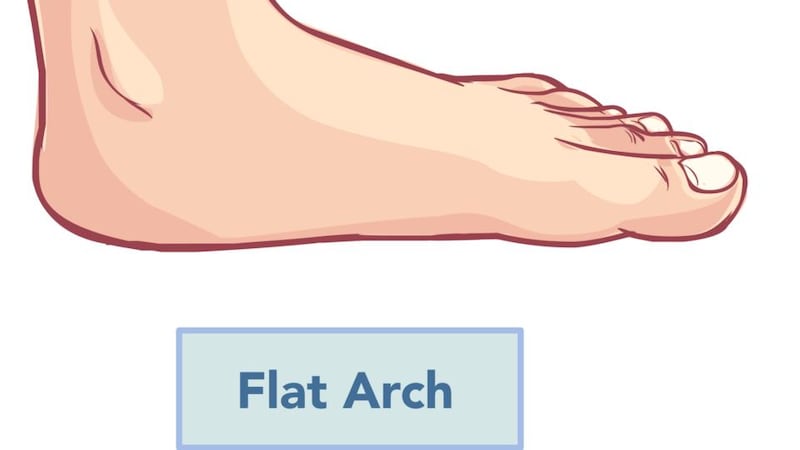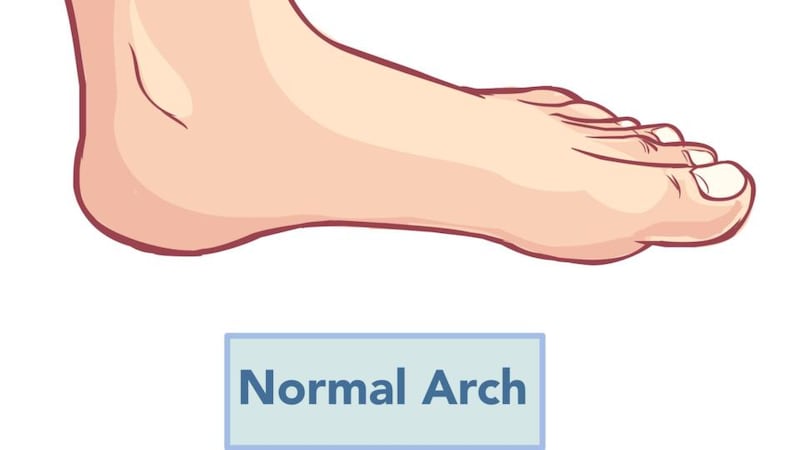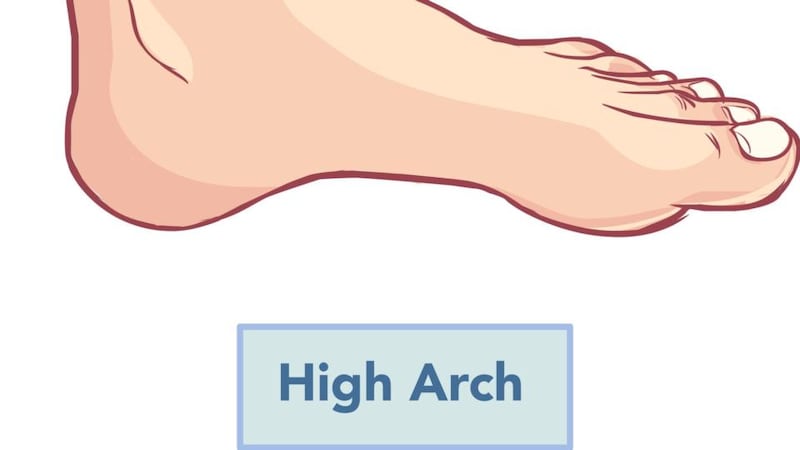It’s that time of year again. The evenings are longer, the sun is making a cameo and some of us are getting the urge to pick ourselves off the couch and run. Whatever your reason for running, it’s worth adapting some simple injury-prevention strategies that can help ward off any niggles and keep yourself ready to run.
How do I start?
Whether you’re starting from scratch or starting back after a long break, getting going can be tough, both physically and mentally. Although running with a partner or group can have its benefits, it’s important that this is at a pace that suits you. The standard advice is to start slowly and build from there. It’s well known in practice and in research that a sudden spike in the speed or the distance of the run can lead to an injury. So a steady increase at a suitable pace is the way to go.
Do shoes make a difference?
Firstly, a proper fitting pair of runners is hugely important in providing good support for your feet. Running results in a lot of pressure directed not only towards your feet, but up into your knees, hips, spine and shoulders, so having the correct footwear is important. In the past, our ancestors developed strong resilient feet from walking barefoot over rough terrain. But in the modern age, our feet are used to moving in a flat world and have the support of shoes from an early age, so we will continue to require this support as we run.
The main things to keep in mind in selecting the correct running shoe are:
1) Do I feel comfortable and injury-free in the brand I currently wear? If the answer is yes, then I would stick to what has worked well in the past. There is no single running brand better than the next and it really is all about finding the correct fit that works for you.
2) If you do not feel comfortable in the runner you are currently wearing or you are new to running, it would be worth buying runners from a specialist running store. Often the advice and assistance you get in these stores is very helpful in ensuring you get your feet into the correct shoe.

There are three main foot types that are seen by chartered physiotherapists – a neutral foot, a flat foot (pronated foot) and a high-arched foot (supinated foot). Most people are neutral, veering towards pronated. In that case, a neutral or anti-pronation shoe will work. If you have been told you have a supinated (high arched) foot, the recommendation is that you avoid an anti-pronation shoe, as this will put you at risk of an ankle injury.

Likewise, if you have been prescribed orthotics to correct over-pronation you should use only your orthotics (insoles) in a neutral shoe. If you use anti-pronation insoles in a runner that has anti-pronation built into the structure of it, you may be at risk of over-correcting and causing more issues.

What exercise programme would be beneficial before I go back to running?
If you want to remain injury free when running, it’s important to maintain a strong core (abdominals and lower back) and strong gluts (hip and buttock muscles). There are some simple exercises that are helpful in keeping your core strong and hips “run fit”. A chartered physiotherapist is best placed to advise you with the correct technique and practice.
Am I likely to damage my knees or develop early osteoarthritis if I take up running?
Despite the commonly held belief that runners are more likely to end up with osteoarthritis of the hips and knees, studies have consistently shown that running can, in fact, be protective for the joints. Runners are actually less likely to develop osteoarthritis. This may be partly due to the fact that running keeps your weight down which, in turn, puts less pressure on the joints.
Of course, runners, like anyone else, can develop osteoarthritis, but this can be due to several different factors.
While there is some injury risk with any form of exercise, the benefits of running, such as improving the cardiovascular system, reducing the risk of some cancers and improving mental health significantly outweigh the risk of injury, so don’t let this stop you.
However, for the small percentage of runners who do need a sport medicine opinion due to pain or discomfort when running, there are a range of treatment options in knee preservation that can be considered. For example, options at the Beacon Hospital include:
1) Injections: Injections of hyaluronic acid, corticosteroids, can reduce inflammation in many patients in the lining of the joints. These treatments can work in most joints and have been well studied.
2) Platelet-rich plasma: Your blood contains platelets. Hundreds of thousands of platelets are present in every millilitre of blood. Platelets are small cell fragments that release chemicals that induce blood clots that prevent bleeding. They also contain chemicals that can stimulate tissue repair and scarring. Many clinicians now use injections of concentrated platelets from blood called platelet-rich plasma (PRP) to treat inflamed or injured tendons, ligaments, muscles and joints. However, there is no clear consensus about how and when they are most effective, or how long the effects last.
3) Partial replacement: Surgeons use this technique when there is damage to a small part of the joint. The surgeon can preserve most of the bone and use smaller artificial parts to replace particular sections of joint. This treatment works in many joints, but must be used carefully. Replacement in one part of the joint does not necessarily prevent degeneration in other parts of the joint. As a result, partial replacements do not last as long as joint replacement procedures that involve the entire cartilage surface.
What do I do if I get an injury?
Listening to any niggles in your body is also important in keeping injury free. A consultation with a chartered physiotherapist to examine and treat any problems that arise would be helpful. We also see a lot of runners needing prescription insoles/orthotics and use a gait scan analysis and 3D imaging to assess for these.
Pilates can be a fantastic form of exercise to maintain strong supple muscles. It’s a great form of core exercise and incorporates dynamic stretches which assist in maximising your body for running.
Running can bring so much joy and is something that, if done correctly, can be maintained well into later life. Sometimes when you take a break from running or are completely new to it, it is a hard awkward slog getting the running feeling going. Don’t give up, hang in and wait for that feeling . . . it will come and it is great.
Happy running!
Dr Alan Byrne is consultant in sports and exercise medicine at Beacon Hospital, Dublin, and Ian Byrne is senior physiotherapist, musculoskeletal outpatients, at Beacon Hospital.









